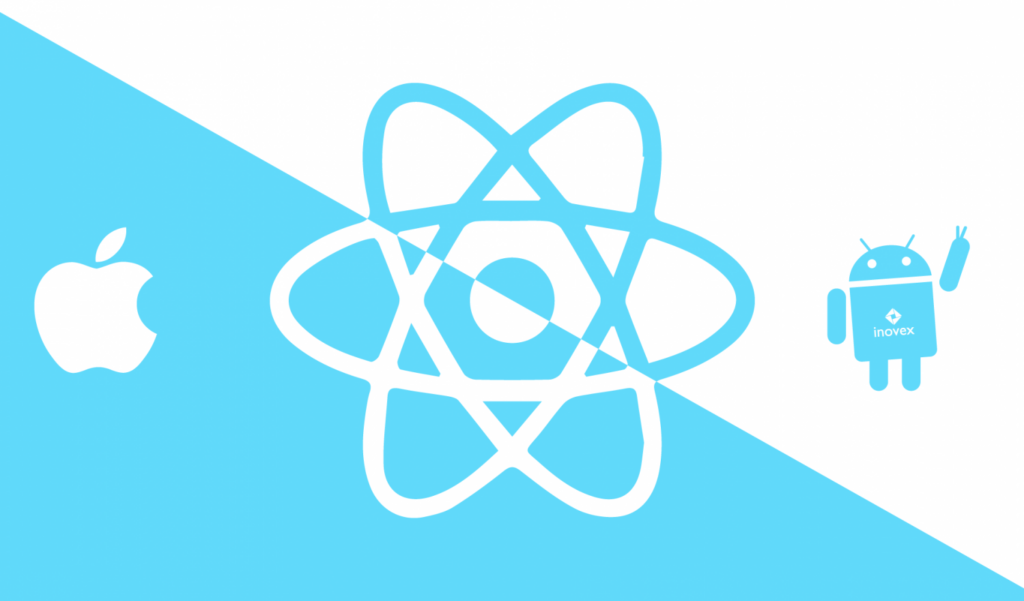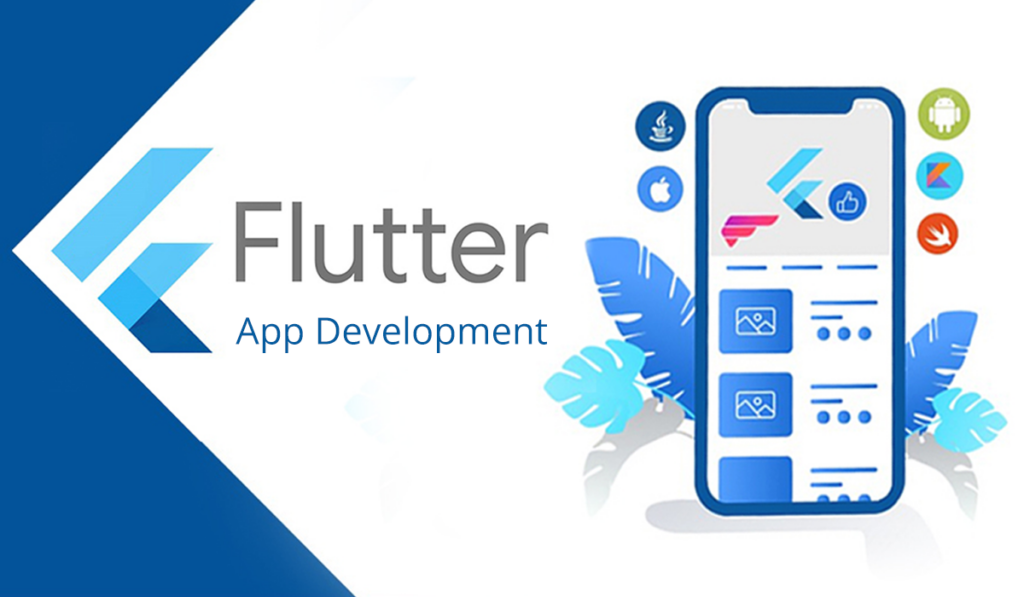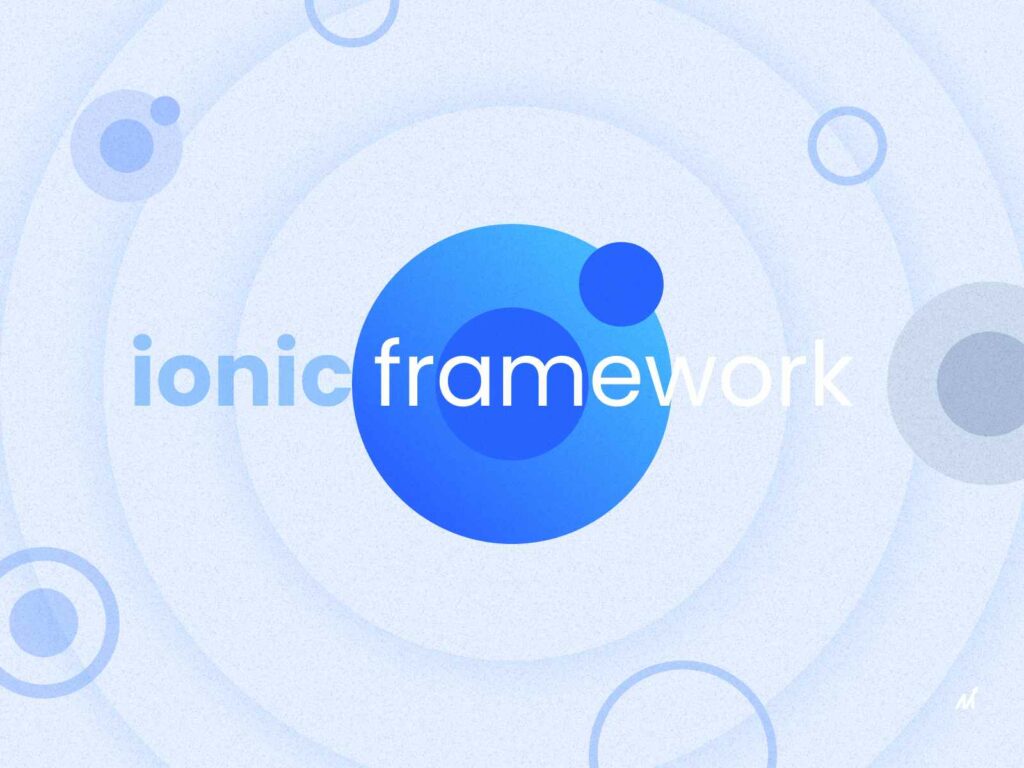Framework Stories: React Native, Flutter, Ionic – Myths, Legends, and Mobile Realities
In the ever-evolving landscape of mobile development, choosing the right framework can feel like navigating a mythical beast-infested forest. Each framework boasts its own set of legends and promises, but what’s the truth behind the hype? Today, we delve into the realms of React Native, Flutter, and Ionic, separating myths from realities to help you slay your mobile app development dragons.
Framework Stories, React Native: The Speedy Unicorn
Myth: React Native apps are slow and clunky.
Reality: While not native in the strictest sense, React Native leverages the power of JavaScript and native components, resulting in performant and visually stunning apps. Its hot reloading feature makes development a breeze, allowing you to see changes instantly without recompiling the entire app.

Framework Stories, Flutter: The Phoenix Rising from the Ashes
Myth: Flutter is too new and lacks a mature ecosystem.
Reality: Though relatively young, Flutter has quickly gained traction with its expressive UI and smooth performance. Its widget-based architecture and hot reload functionality make it ideal for rapid prototyping and iterative development. The Flutter community is rapidly growing, providing a wealth of resources and libraries.

Framework Stories, Ionic: The Versatile Shapeshifter
Myth: Ionic is only good for basic hybrid apps.
Reality: Ionic’s hybrid nature offers flexibility, allowing you to build web, mobile, and desktop apps with a single codebase. Its robust framework and extensive plugin ecosystem make it a powerful tool for creating complex and feature-rich apps. Don’t underestimate its ability to handle demanding native-like functionalities.

Framework Stories, Beyond the Hype: Choosing Your Weapon
The best framework for you depends on your specific needs and priorities. Consider these factors:
- Project complexity: For simpler apps, Ionic’s hybrid approach might suffice. For complex apps with demanding native features, React Native or Flutter might be better choices.
- Developer experience: If your team is familiar with JavaScript, React Native might be a good fit. Flutter’s Dart language has a steeper learning curve, but its widget-based approach can be intuitive for experienced developers. Ionic’s web-based development might appeal to those comfortable with HTML, CSS, and JavaScript.
- Performance and platform reach: All three frameworks can produce high-performance apps, but native-compiled options like React Native and Flutter might offer a slight edge. Consider your target platforms and the importance of native feel for your app.
Remember:
- There’s no single “best” framework. Each has its strengths and weaknesses.
- Don’t be afraid to experiment and try different options.
- Focus on building great apps, not just choosing the coolest framework.
So, ditch the myths and embrace the realities. With careful consideration and a dash of experimentation, you can choose the framework that helps you slay your mobile app development dragons and build the next legendary app.
Bonus Tip: Don’t be afraid to mix and match! Some developers use React Native for the core app and Ionic for specific functionalities like web views or plugins. The key is to find the combination that works best for your project.
I hope this blog helps you navigate the world of mobile app frameworks with confidence. Remember, the choice is yours, and the possibilities are endless. Now go forth and build something amazing!
Resource Royale: Node.js 19’s Battle-Tested Strategies for Multi-Threaded Victory





Leave A Comment